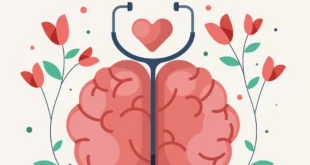By: Michelle Hua
Mass Psychogenic Illness (MPI), more commonly known as mass hysteria, is a strange phenomenon that causes multiple people to begin to show similar abnormal behavior. MPI has been described as a conversion disorder, where a person experiences symptoms without a physical cause in their body.
Mass hysteria has not been thoroughly researched, due to the difficulty in making controlled experiments and gathering data. However, based on the history of MPI, some have established rules about this illness. In his article, Professor Simon Wessley claims that there are two types of mass hysteria; mass anxiety hysteria and mass motor hysteria. According to his claims, mass anxiety hysteria is cases, where the symptoms experienced, are similar to those of anxiety, such as tightness in the chest and hyperventilating. Mass motor hysteria is said to cause symptoms that impair one’s motor functions and movement, like shaking or paralysis.
MPI has appeared multiple times throughout history, with the first cases occurring as early as the Middle Ages. The first documented cases of mass hysteria were of the ‘dancing mania’ that spread through medieval Europe when large groups of people began to dance uncontrollably for long periods of time, some even dying of exhaustion. Other cases include meowing nuns in the 14th century, the ‘June bug’ outbreak in a Southern textile factory and a laughing outbreak in Tanzanian school, both occurring in 1962.
Mass hysteria is said to be more likely in times of tension and anxiety. Research has shown that spread of disease has resulted in cases of mass hysteria. In light of the current COVID-19 pandemic, it is important to understand the facts to avoid unnecessary panic. As MPI is a psychological illness, staying calm and logical can help to avoid a new breakout of mass hysteria.
 Tempus Magazine By Students, For Students
Tempus Magazine By Students, For Students 



